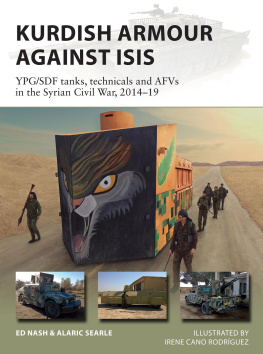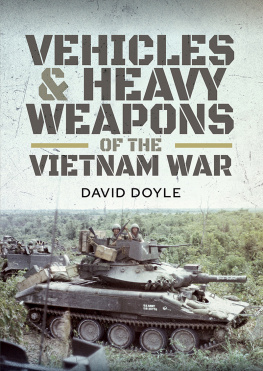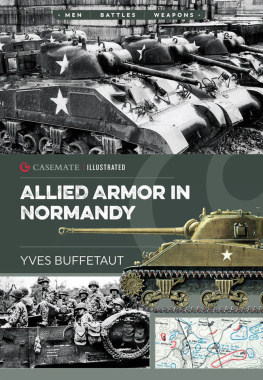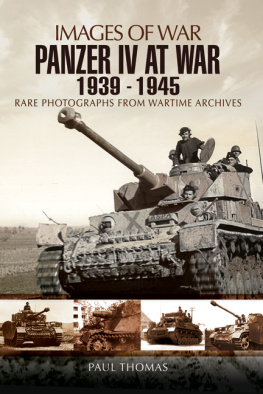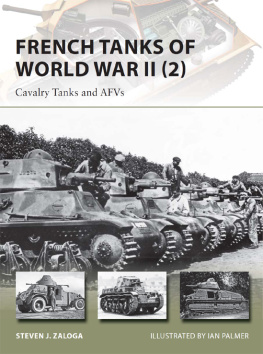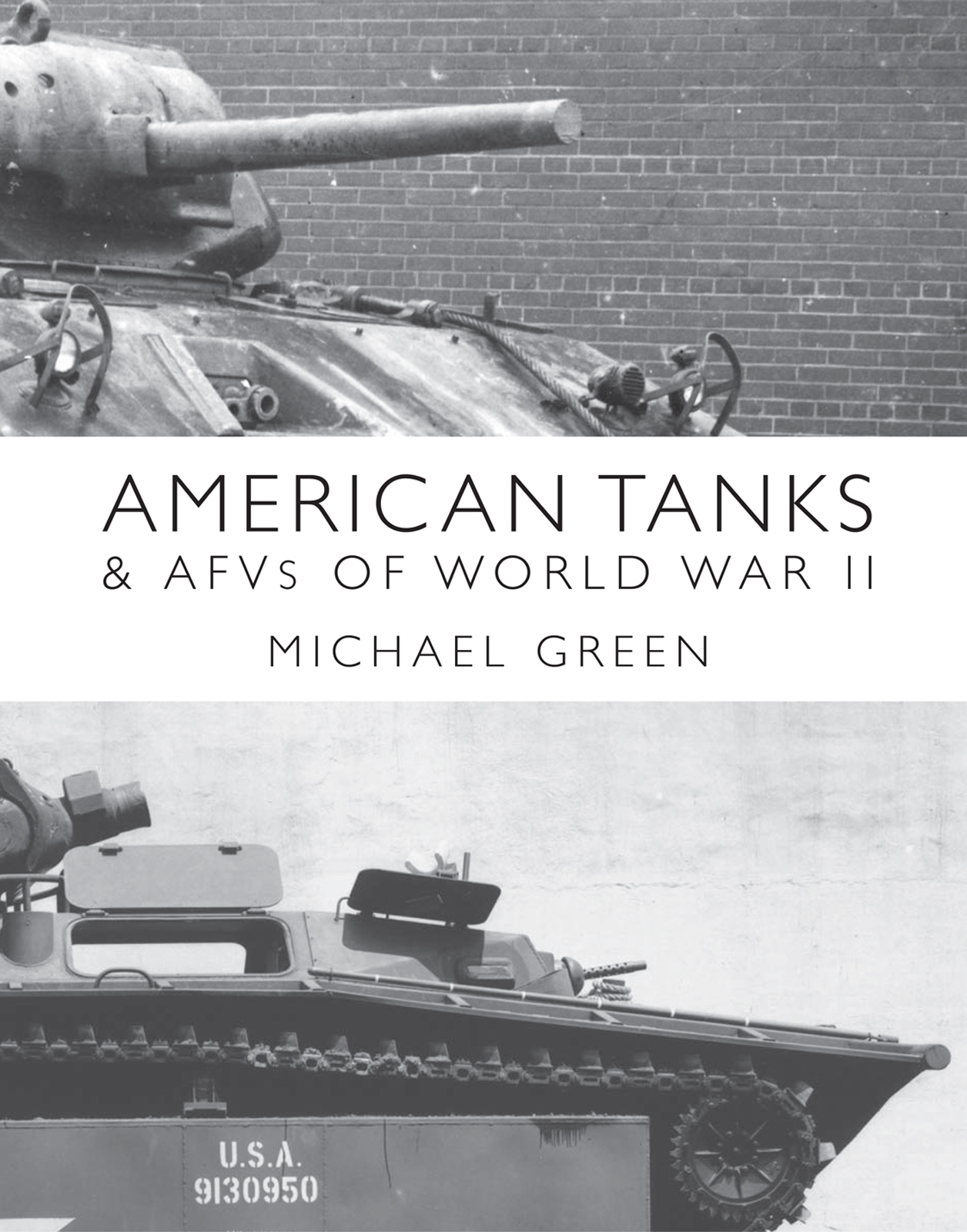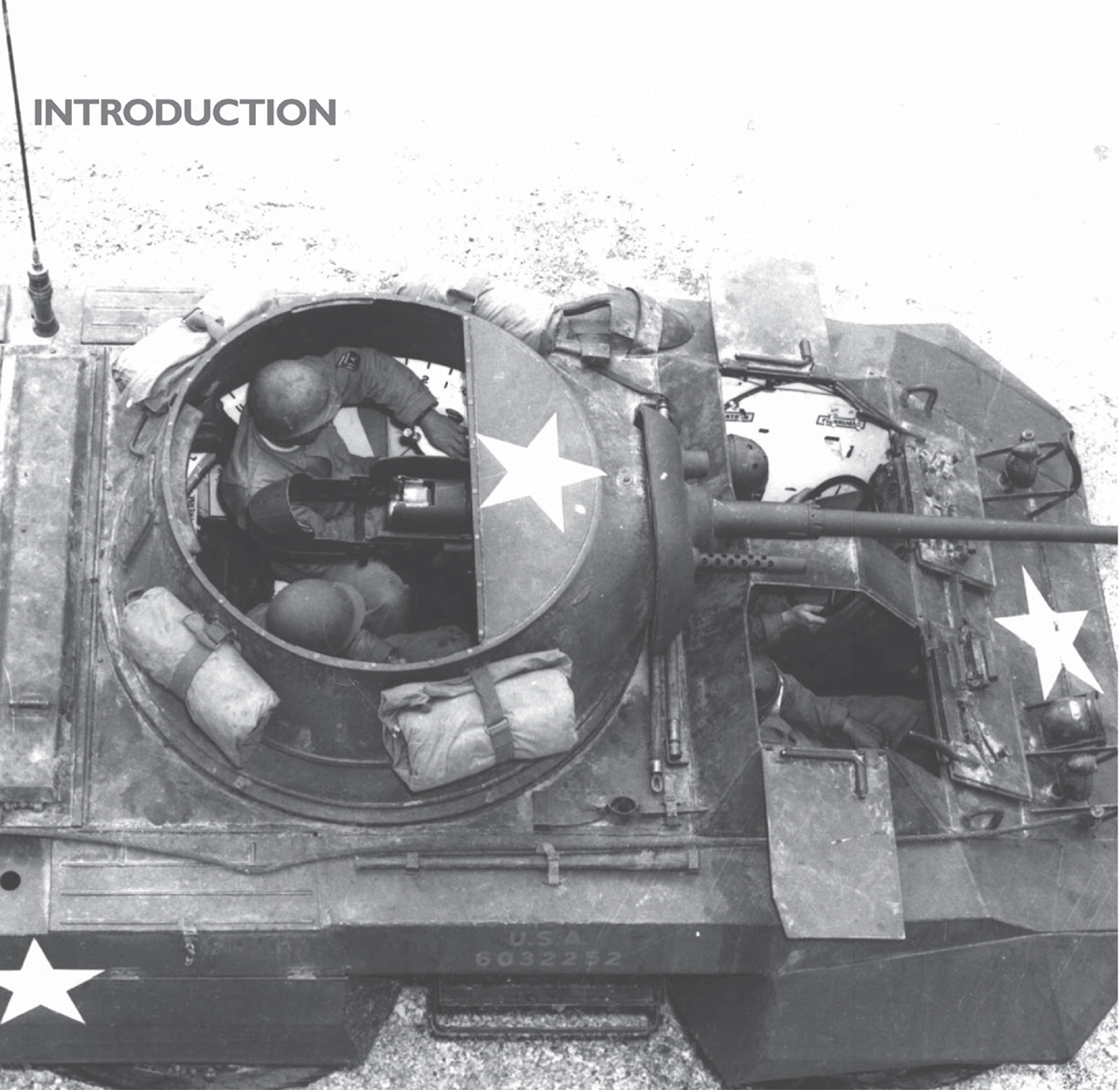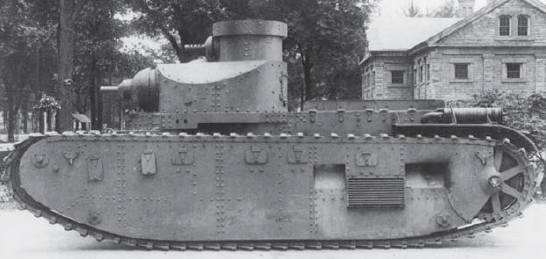AMERICAN TANKS & AFV S OF WORLD WAR II
CONTENTS
T he equipping of the United States military with the full spectrum of weapons it needed to prevail during World War II was an unparalleled example of Americas industrial might at the time. Among the many weapons produced by Americas workers, tanks rate as an important example, with 88,140 built between 1939 and 1945. This was almost twice what Germany and Great Britain combined built during the same period, which numbered only 49,163 tanks. The factories of the Soviet Union built 76,827 tanks during the world conflict. When American wartime production was at its highest level in 1943, almost 30,000 tanks rolled off the factory floor in just that year alone. These tanks not only equipped Americas ground forces but saw service with many Allied armies during World War II.
Beset by a faulty doctrine that insisted that tanks were not intended to fight other tanks a role intended for specialized vehicles referred to as tank destroyers American tankers had to learn the hard way that their German Army counterparts did not fight in the manner envisioned by the prewar senior leadership of the U.S. Army. It is to their credit that American tankers made do with the vehicles with which they were provided, until such time that American engineering talent could come up with a suitable tank that nearly matched the qualitative superiority enjoyed by late-war German tanks. Sadly, that tank showed up too late during the war in Europe, and in insufficient numbers, to have any effect on the battlefield.
In the Pacific Theater of Operations (PTO), the American medium tanks of the Marine Corps and U.S. Army dominated the opposition. However, the threat faced by these tanks in battle proved far different than what the U.S. Army faced in the European Theater of Operations (ETO). Instead of having to deal with well-armed and heavily armored enemy tanks and self-propelled guns, they often faced suicidal Japanese infantrymen carrying explosive charges who were willing to expend their lives to destroy an American tank, or heavily camouflaged and bunkered antitank guns.
In addition to the 18,620 tank-based variants, such as armored engineering vehicles, self-propelled artillery, armored recovery vehicles, and tank destroyers, American factories went on to design and build thousands of wheeled armored cars for reconnaissance purposes and armored half-tracks to transport the infantry into battle behind the tanks. Like the tanks, American armored half-tracks were modified to serve a wide variety of jobs including mortar carriers, self-propelled artillery, tank destroyers, and antiaircraft vehicles. So useful were these vehicles that many would remain in service with foreign armies for decades after World War II.
To complement its inventory of tanks and armored fighting vehicles, the American military industrial complex also designed and built over 18,000 amphibian tractors. Appearing in both unarmored and armored variants, they went into combat with a wide variety of armaments. Referred to as the Landing Vehicle, Tracked (LVT), they would serve not only with the U.S. Marine Corps, who often called them Amtracs, but also the U.S. Army. They allowed the American military to take the fight to the far-flung Japanese Empire wherever it had established itself in the vast reaches of the PTO. These same vehicles would also see service in the ETO with the U.S. Army and Allied forces when it came time to cross various water obstacles, often used by the German military as defensive barriers.
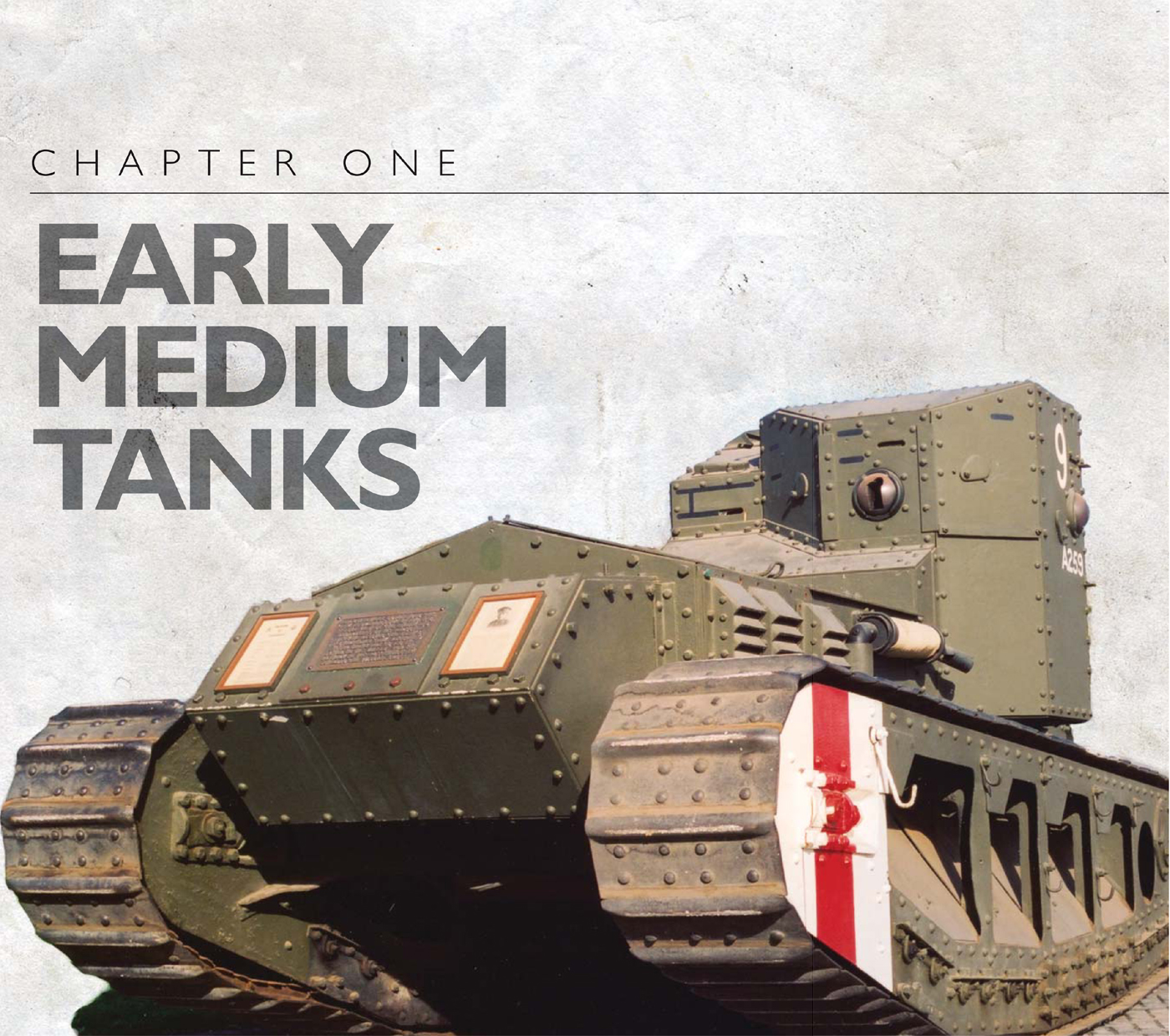
Pictured is a World War I-era British Mark A Whippet medium tank. The vehicle was envisioned by the British Army as an exploitation tank that would assume the role once performed by the cavalry. This was a concept embraced by the U.S. Army following The War to End All Wars. (Tank Museum)
I n the summer of 1919, the U.S. Army Ordnance Department began exploring the idea of fielding medium tanks that would be able to exploit any breakthroughs in enemy lines achieved by the heavy tanks. This was a concept pioneered by the British Army with great success with their fielding of the approximately 15-ton machine-gun-armed Medium Mark A Whippet late in World War I.
Up until through the late 1920s, the U.S. Army often copied British Army advances in the field of tank development. The U.S. Armys embrace of this British Army concept of medium tanks resulted in a single prototype example of the approximately 23-ton medium tank M1921 showing up at Aberdeen Proving Ground (APG), Maryland, for testing in early 1922.
A prototype demonstrates the design and layout of a vehicle, but does not attempt to prove the manufacturing methods. Prototypes are therefore typically hand-built. All tons listed are in United States short tons (2,000 pounds per ton). Vehicle weights listed are when combat loaded with a full load of fuel and ammunition.
The M1921 was very similar to the British Medium D tank then under development and was armed with a turret-mounted, British-designed and built 6-pounder (57mm) main gun and two .30 caliber machine guns.
The M1921 was followed by a near-identical prototype, designated the medium tank M1922, which featured a British-designed suspension system. Both the M1921 and M1922 prototypes were built at the American government-owned and government-operated Rock Island Arsenal.
Problems with the original gasoline-powered engines in the prototype M1921 and M1922 tanks later caused the U.S. Army Ordnance Department to re-engine the M1921 with a specially designed and built gasoline-powered engine from the Packard Motor Company in 1925. Reflecting the new engine and some other minor changes, the vehicle was re-designated as the medium tank T1. The prefix T indicated a test vehicle or weapon.
The medium tank T1 was the follow-on to the medium tanks M1921 and M1922. Its outward appearance generally mirrored that of the M1921. In lieu of armored steel, it was constructed of soft steel plate as this cost a fraction of the former. Top speed of the T1 proved to be 14mph. (Patton Museum)
In January 1928, the U.S. Armys Ordnance Committee, which included representatives from that branch of the service intending to employ the vehicle and the technical sections of the Office of the Chief of Ordnance, recommended standardization of the four-man 21-ton medium tank T1 as the medium tank M1. By this time, the letter M indicated a model number of a weapon or vehicle standardized and approved for series production. This recommendation was approved, only to be rescinded a few months later.
U.S. Army Ordnance Department Terms
In the context of vehicle acquisition, a standardized or standard item is one for which initial issue, repair parts, and maintenance are available. The term substitute standard means a vehicle that fulfills all the capabilities of the standard item, but may differ slightly in details. When the term limited standard is used it means that an item is intended to be maintained by cannibalization or to be scrapped when no longer serviceable. Limited standard was seen quite a bit in World War II, when initial runs of items replaced by more modern equipment remained in use to prevent them from going to waste. Limited standard vehicles were often used for training. For vehicles intended solely for foreign military use, the Ordnance Department employed the term limited procurement.



